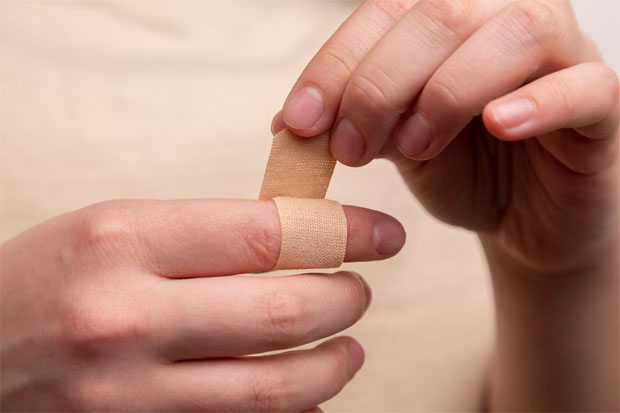The Dos and Don’ts of Wart Removal: Advice from a Dermatologist

The Dos and Don’ts of Wart Removal: Advice from a Dermatologist
Warts are a common skin condition caused by a virus called the human papillomavirus (HPV). They can be unsightly and sometimes painful, especially when located on the feet or hands. If you are considering wart removal, it is important to know the dos and don’ts of the process. In this article, we will provide you with advice from a dermatologist for wart removal.
Do: Visit a Dermatologist
If you have a wart that is bothering you, the first step is to see a dermatologist for wart removal. A dermatologist is a medical professional who specializes in treating skin conditions, including warts. They have the knowledge and expertise to diagnose and treat warts effectively.
Don’t: Try to Remove Warts at Home
While it may be tempting to try to remove warts at home using over-the-counter remedies, this is not recommended. Home remedies can be ineffective and even harmful. They can cause scarring, infection, or even spread the virus to other parts of your body or to other people.
Do: Consider Your Options
Your dermatologist will discuss the various wart removal options with you. These may include:
- Cryotherapy: Freezing the wart with liquid nitrogen.
- Curettage: Scraping the wart off with a surgical instrument.
- Laser therapy: Using a laser to destroy the wart.
- Chemical peels: Applying a chemical solution to the wart to destroy it.
Your dermatologist will determine the best option for you based on the type and location of the wart, as well as your overall health.
Don’t: Expect Instant Results
Wart removal is not always a quick process. Depending on the size and location of the wart, it may take several treatments to completely remove it. Your dermatologist will discuss the expected timeline with you and may recommend follow-up appointments to monitor progress.
Do: Follow Post-Treatment Care Instructions
After your wart removal treatment, your dermatologist will provide you with specific post-treatment care instructions. It is important to follow these instructions carefully to ensure proper healing and to prevent infection or scarring.
Don’t: Pick at or Touch Warts
Picking at or touching warts can spread the virus to other parts of your body or to other people. It can also cause bleeding or infection. If you have a wart, avoid touching it and keep it covered with a bandage if possible.
Do: Practice Good Hygiene
Warts are caused by a virus, so it is important to practice good hygiene to prevent the spread of the virus. Wash your hands regularly and avoid sharing towels or other personal items with others.
Don’t: Ignore Warts
Warts may be harmless, but they can also be a sign of a more serious medical condition. If you have a wart that is changing in size or colour, or if you have other symptoms such as pain or itching, it is important to see a dermatologist for wart removal.
Do: Be Patient
Wart removal can be a slow process, and it may take several treatments to completely remove the wart. It is important to be patient and to follow your dermatologist’s instructions carefully.
Don’t: Expect Perfection
Even after the wart is removed, there may be some scarring or discolouration. This is normal and will fade over time. It is important to have realistic expectations about the outcome of your wart removal treatment.
Conclusion
Wart removal can be a frustrating and time-consuming process, but it is important to do it correctly to avoid complications. Seeing a dermatologist for wart removal is the best way to ensure effective treatment and to prevent the spread of the virus. Remember to follow the dos and don’ts of wart removal, including practising good hygiene, following post-treatment care instructions, and being patient with the process.
If you are experiencing warts and are unsure about how to proceed, consult with a dermatologist for wart removal. They will be able to assess your condition and recommend the best course of action for your individual needs.
Remember, while warts can be unsightly and uncomfortable, they are generally not dangerous. However, if you are experiencing any concerning symptoms such as pain, itching, or changes in size or colour, seek medical attention right away.
By following the dos and don’ts of wart removal, you can effectively treat your warts and prevent further complications. With the help of a qualified dermatologist, you can achieve clear and healthy skin.
Guest Article.




